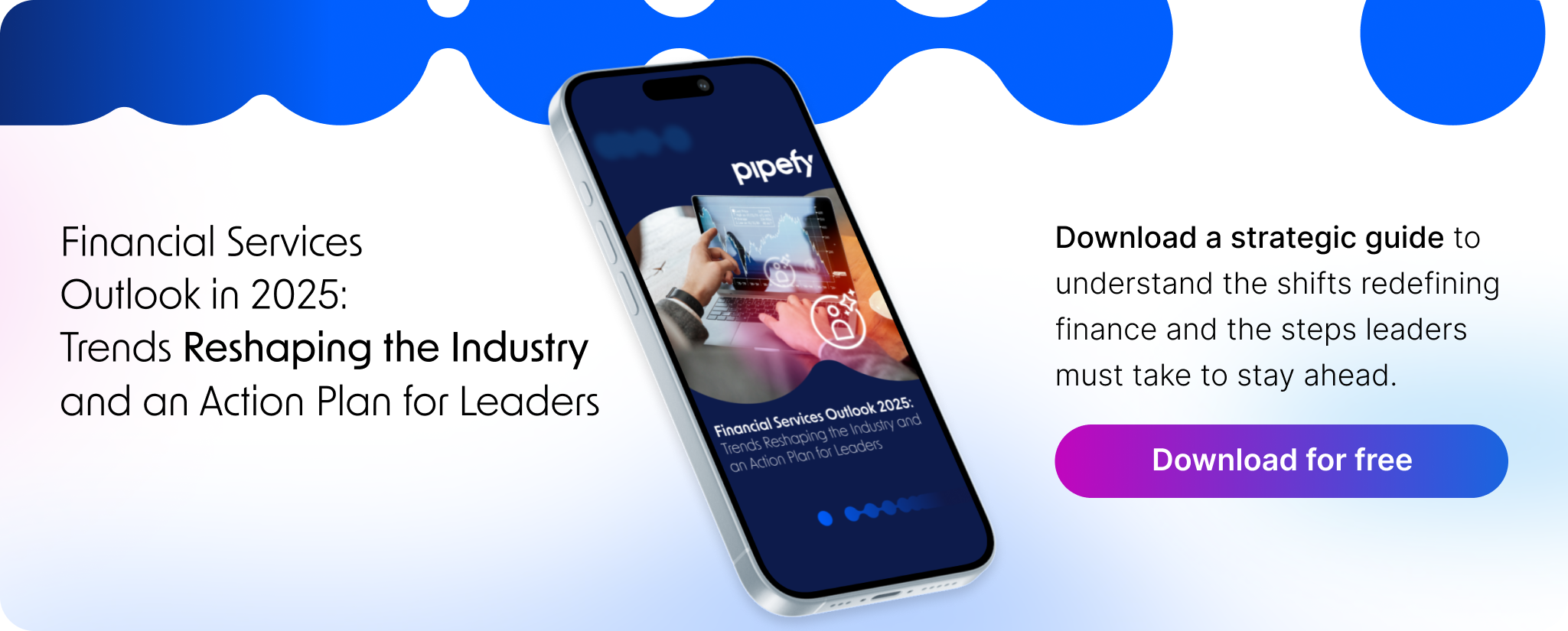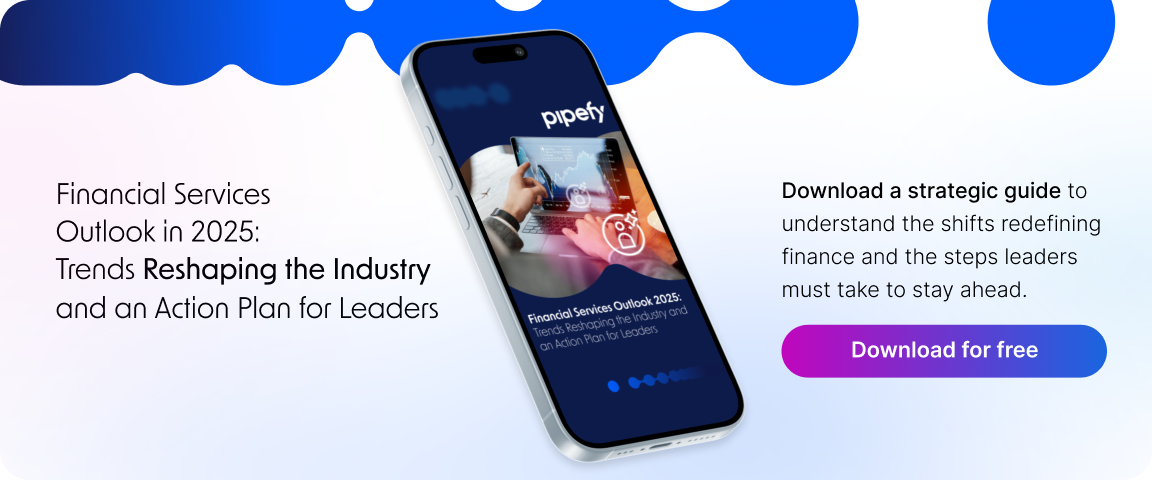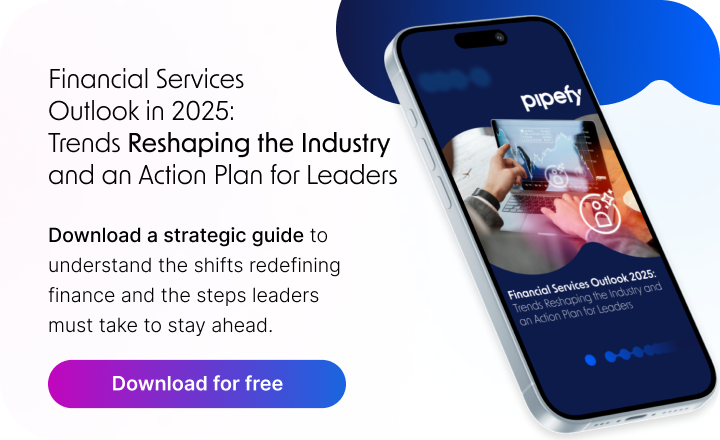
Procurement is an essential strategic function for many businesses, but it wasn’t always the critical business process it is today. At one point, procurement was just a tactical-focused function, meaning that any strategy was centered around meeting short-term and transactional needs.
Now, businesses rely on procurement teams to provide more holistic, strategic insights that create long-term business value and financial efficiency.
In order to understand the evolution of procurement, let’s dive into its history — from some of the earliest examples to the present-day impact of procurement transformation.
Read: The Definitive Guide to P2P OptimizationDownload now
Prehistoric procurement
Businesses rely on their procurement teams to provide strategic insights that create long-term business value. Procurement, in the most basic sense of the term, has been around since the dawn of human civilization. When a need such as food, shelter, clothing, or medicine was identified, it had to be located and obtained. Over time, the role of obtaining these necessities became more clearly defined.
Researchers believe that this early form of procurement — sourcing, negotiating, and trading across long-distance networks — gave early Homo sapiens a competitive edge over their Neanderthal rivals as climate change altered living conditions and eventually led to the extinction of the large animal populations that were commonly hunted for food.
In other words, early humans avoided the fate of the now-extinct Neanderthals precisely because they mastered the art of procurement. From the very beginning, the ability to source and obtain goods and services has allowed people to not only survive but thrive.
The Great Pyramids: Egypt, 2490 BCE
Later, ancient civilizations developed highly sophisticated methods of procurement. For example, the Egyptians built the pyramids using materials (and labor) that they sourced from far and wide. The Great Pyramids were built using an estimated 5.5 million tons of limestone, 8,000 tons of granite, 500,000 tons of mortar, and thousands of laborers.
These materials and laborers were available because the Egyptians knew how to procure them. There is even material evidence of an accounting process used to record the delivery of materials and payments. Clearly, the Egyptians relied on a complex and well-managed system for sourcing and procuring what they needed.
The Old Babylonian Empire: Iraq, 1750 BCE
Not all early instances of procurement were as successful as those in Egypt. The British Museum contains a stone tablet upon which a customer engraved what we might today think of as a “negative review.” The tablet, which dates to 1750 BCE, describes a customer complaint about shipping delays and whose delivery contained the wrong grade of copper ore.
The industrial revolution: United States, 1880s
Fast forward to the 1800s: the Industrial Revolution was a pivotal moment for procurement. Around this time, procurement began to evolve into the processes we’re familiar with today. In his 1832 book, “On the Economy of Machinery and Manufactures,” mathematician, inventor, and mechanical engineer Charles Babbage recognized the importance of a centralized procurement manager who “purchases and tracks goods and services required.”
This insight by Babbage was later validated by the Pennsylvania Railroad when they created the first recorded procurement department in 1869. This structured and strategic approach to acquiring goods propelled the railroad industry to success, allowing them to manage thousands of miles of track and a budget larger than any U.S. company at the time, second only to that of the U.S. government.
During the 20th century, two factors spurred further evolution in procurement: efficiency gains in manufacturing and the development of computer technology. Leaders in manufacturing such as Henry Ford and Kaoru Ishikawa innovated new ways to improve the quality of manufactured goods and the efficiency with which they were produced. In response, businesses in all sectors began to adopt management methodologies such as Total Quality Management (TQM) and Business Process Management (BPM).
As manufacturing and other processes began to become more efficient, supporting processes like procurement were also impacted. Not only did procurement teams need to manage more complex supply chains to fuel rapid economic growth, but they also had to do it with precision and efficiency. Fortunately, their jobs were about to be made much easier.
The technological revolution: Global, 1980s
Computer technology evolved quickly over the course of the 20th century. Early models produced by IBM and other companies paved the way for computers that would eventually give businesses the ability to process more information at higher speeds than ever before. In 1965, Digital Equipment Corp. introduced the PDP-8, which was the first commercially successful minicomputer. By the 1980s, smaller and more affordable computers such as MacIntosh were making their way into business offices. And in 1985, Microsoft introduced Excel, the first spreadsheet application.
Since then, the evolution of technology has only accelerated. Today, procurement teams have access to more sophisticated tools and data than ever before. The arrival of the internet introduced cloud computing and email, and in the last 20 years mobile connectivity, the proliferation of specialized apps and systems, and data analytics have further enhanced productivity for procurement teams.
The next chapter in the history of procurement
All of these factors (plus some more disruptive recent ones) cast a light on the importance of building modern procurement and P2P processes that can keep up with interruptions and disruptions. And as technology and roles adapt to today’s business needs, creating value and achieving procurement excellence is more necessary and attainable than ever before.
The next chapter in the history of procurement will be written by leaders that recognize the importance of investing in the pillars that make up procurement — people and processes — and strengthening their foundations with technology and tools that can not only withstand the next great disruption, but forge a path forward to more proactive, insightful, and resilient processes.










